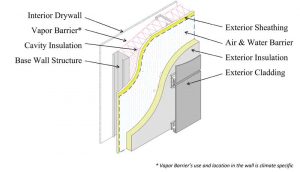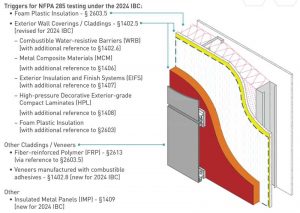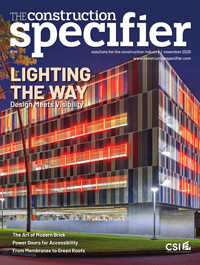Where to find compliant NFPA 285 test data

Third-party certifications and design listings
Accredited1 third-party certification bodies publish searchable directories of NFPA 285 assembly listings online. These listings will typically describe the assembly design (often including drawings), components, options, and limitations. These design listings tend to be based on actual test data and some limited analysis. Third-party certification programs include verification of the materials, configuration and installation of assembly that is/was tested, as well as ongoing manufacturing and quality control (QC) inspections to ensure the product(s) manufactured is the same as what
was tested.

In the building and construction space, parties holding third-party certifications (i.e. listings and design listings) are most often building product or systems manufacturers; however, there are examples of industry associations holding certifications.
Examples of accredited certification bodies currently providing design listings for exterior wall designs complying with NFPA 285 include but are not limited to:
- DrJ Engineering
- Technical Evaluation Report (TER) Directory (www.drjcertification.org/ter-directory).
- Keywords search—NFPA 285.
- ICC Evaluation Service
- Listing Report Directory (icc-es.org/building-products-listing-program/listing-report-directory).
- Standard search—NFPA 285.
- Intertek Group plc
- Intertek Directory of Building Products (www.bpdirectory.intertek.com/pages/DLP_Search.aspx).
- Standard search—NFPA 285.
- UL Solutions
- UL Product iQ (www.productiq.ulprospector.com/en).
- UL Category Control Number search—FWFO (exterior wall systems) and FWFX (exterior wall system components).
If the approaches above are not successful due to a unique assembly design, other approaches to consider include:
- Design the wall assembly(ies), then perform NFPA 285 test(s) on the design(s).
- Pro: Test data and report will match the specific assembly(ies) used for the building.
- Cons: Adds cost. The assembly(ies) might fail the test. Delays resulting from testing and, if necessary, redesign and retesting.
- Redesign the wall assembly to conform with
a previously tested NFPA 285 assembly or extension of tested assembly. - Pro: NFPA 285 compliance of the assembly(ies).
- Con: Limited flexibility in configuration and component materials. Redesign may impact other performance goals of the wall assembly (moisture management, energy code compliance, etc.).



